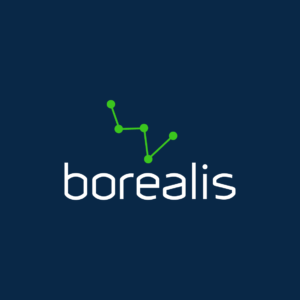Emergency preparedness and response planning in the mining and oil & gas industries has taken on increasing importance in recent years following a number of high profile oil spills, pipeline ruptures, and tailings impoundment failures. These accidents, which in almost all cases are preventable, can have devastating consequences for human health, the natural environment, and company bottom lines.
Given these realities, it is important that companies have contingency plans in place in the event that things go wrong at the operational level. Emergency preparedness and response planning is an essential management tool that enables companies to prepare for and quickly respond to accidents if they take place in order to minimize social, environmental, and financial impacts.
Keys to successful emergency preparedness and response planning
What are the keys to successful emergency preparedness and response planning? To be prepared, a company must take measures to ensure that it can act quickly if an emergency takes place. It is essential to know who and what may be affected by emergency scenarios of different magnitudes and to conduct regular drills that mobilize company resources to respond to them. Responding to these scenarios requires identifying internal and external stakeholders, including first responders who can be mobilized in a short period of time for any incidents that take place. Planning may require the use of mapping tools and stakeholder consultation on the ground.
In western Canada, for example, companies operating sour gas wells are required by the federal government to inform people living near company infrastructure of the possible consequences of accidental hydrogen sulphide (H2S) releases to the atmosphere. Given the potentially lethal properties of this gas, companies are required to send representatives to consult with stakeholders on the ground. These consultations inform stakeholders of the consequences of possible gas leaks through discussions and the distribution of public information handouts. Stakeholder information relating to special needs such as reduced mobility, evacuation assistance, and requests for early notification in the event of an accident is used to facilitate the planning process. Similarly, mapping tools are used to identify structures that might be affected by any accidents that may take place, and emergency planning zones are created based on the spatial location of company infrastructure. This information is then used to compile reports for the federal Energy Resources Conservation Board, which serves as the regulatory agency responsible for ensuring compliance with laws and regulations relating to public safety around sour gas wells.
International Standards
At the international level, there is an increasing trend towards using financial leverage as a means of ensuring that project proponents have emergency preparedness and response plans in place. The IFC performance standards and Equator Principles serve as global benchmarks for project lending and are based on international best practice. In developing countries that have weaker regulatory frameworks than OECD countries, these standards require borrowers to ensure that robust emergency preparedness and response plans are in place before they can receive project loans.
Proactive risk management is increasingly recognized in the extractive industry as the best means of preventing accidents that can cause social, environmental, financial, and reputational damage. Within this context, emergency preparedness and response planning is an important tool that enables companies to move beyond the risk assessment process to the actual management of operational risks on the ground.





